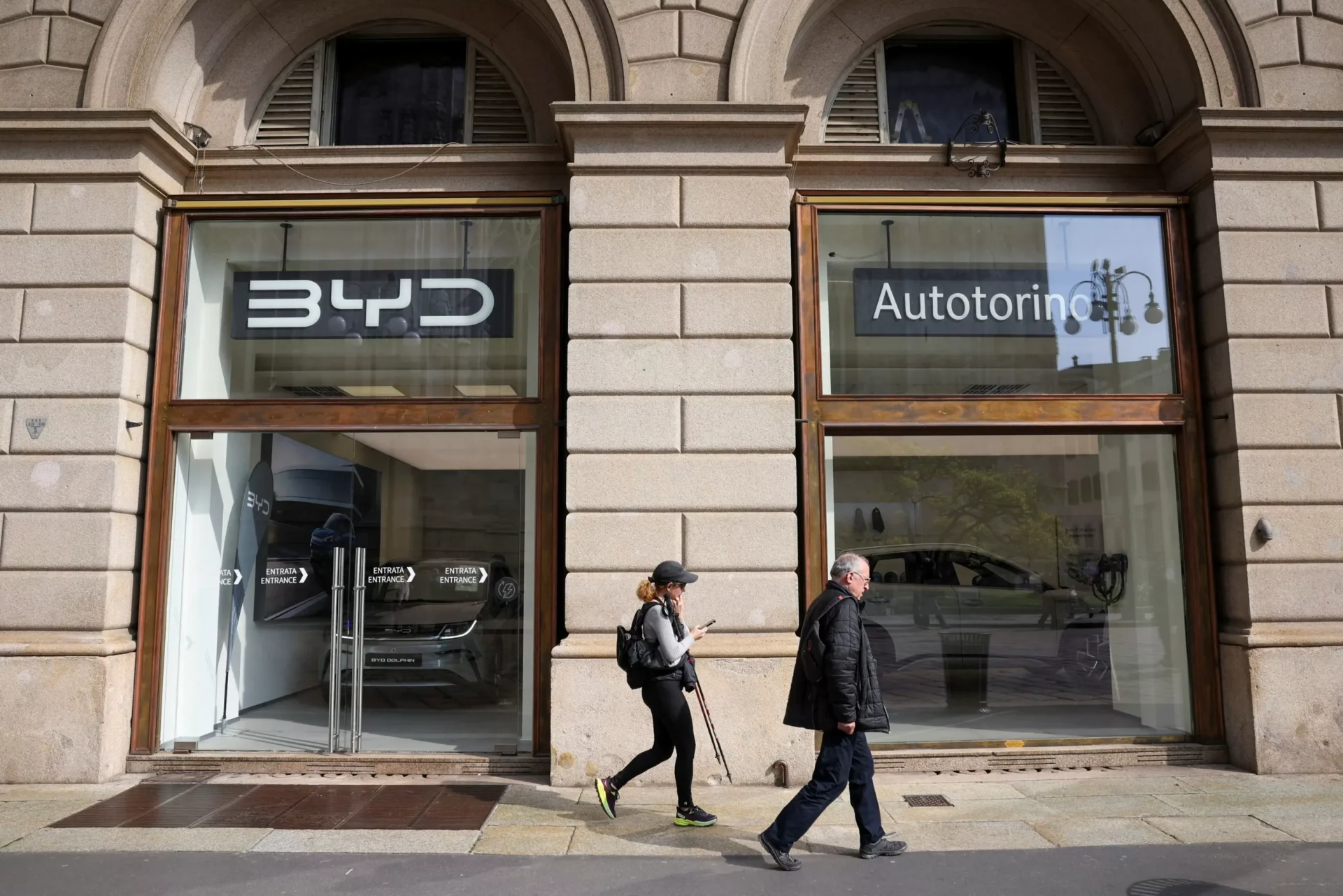In the 1980s, European automakers began their conquest of the Chinese market, steadily racking up millions in sales with little local competition. This was a significant achievement for these automakers, as China was a relatively untapped market at the time. However, as the Chinese automotive industry has grown and matured, European automakers are now facing the challenge of defending their home turf in the world’s largest automotive market.
The rise of European automakers in China can be traced back to the country’s economic reforms in the late 1970s. As China opened up to the world and its economy began to grow, there was a growing demand for automobiles. European automakers, with their reputation for quality and luxury, were quick to recognize the potential of this market and began to establish a presence in China.
One of the first European automakers to enter China was Volkswagen, which formed a joint venture with the Chinese government in 1984. This partnership proved to be a successful one, with Volkswagen becoming the top-selling foreign brand in China for many years. Other European automakers soon followed suit, with companies like BMW, Mercedes-Benz, and Audi all establishing a strong presence in the Chinese market.
The success of European automakers in China can be attributed to several factors. First and foremost, these companies were able to offer high-quality, technologically advanced vehicles that appealed to Chinese consumers. In addition, their strong brand reputation and image of luxury and sophistication resonated with the growing middle and upper classes in China.
Furthermore, European automakers were quick to adapt to the unique needs and preferences of the Chinese market. For example, many of these companies introduced long-wheelbase versions of their popular models to cater to the Chinese preference for spacious back seats. They also invested in local production facilities, which not only helped to reduce costs but also allowed them to better understand the local market and tailor their products accordingly.
As a result of these efforts, European automakers were able to dominate the Chinese market for many years, with little competition from local brands. However, this is no longer the case. The Chinese automotive industry has grown and evolved significantly over the past few decades, and local brands have emerged as strong competitors to their European counterparts.
One of the main challenges for European automakers in China is the rise of domestic brands such as Geely, BYD, and Great Wall Motors. These companies have been able to establish themselves as major players in the Chinese market by offering affordable, high-quality vehicles that cater to the needs and preferences of Chinese consumers. They have also been able to leverage their understanding of the local market to gain a competitive advantage.
In addition, the Chinese government has implemented policies to support and promote the growth of domestic automakers. For example, it has provided subsidies and tax incentives to encourage the production and purchase of electric vehicles, which has given Chinese automakers an edge in this emerging market segment.
To defend their home turf in China, European automakers will need to adapt and evolve. This means not only continuing to offer high-quality, technologically advanced vehicles but also understanding and catering to the unique needs and preferences of Chinese consumers. It also means investing in local production and R&D facilities to stay ahead of the competition.
Fortunately, many European automakers have already taken steps to address these challenges. For example, Volkswagen has announced plans to invest over $18 billion in China by 2022, with a focus on electric and autonomous vehicles. BMW has also announced a joint venture with a Chinese company to produce electric vehicles specifically for the Chinese market.
In addition, European automakers can leverage their brand reputation and image of luxury and sophistication to stand out in a crowded market. Chinese consumers still value these qualities and are willing to pay a premium for them. By continuing to offer high-end, premium vehicles, European automakers can maintain their position as leaders in the Chinese market.
In conclusion, the conquest of China by European automakers in the 1980s was a remarkable achievement. However, as the Chinese automotive industry has grown and local brands have emerged as strong competitors, European automakers will need to defend their home turf in this important market. By adapting to the unique needs and preferences of Chinese consumers and investing in local production and R&D, European automakers can continue to thrive in China and maintain their position as leaders in the global automotive industry.

